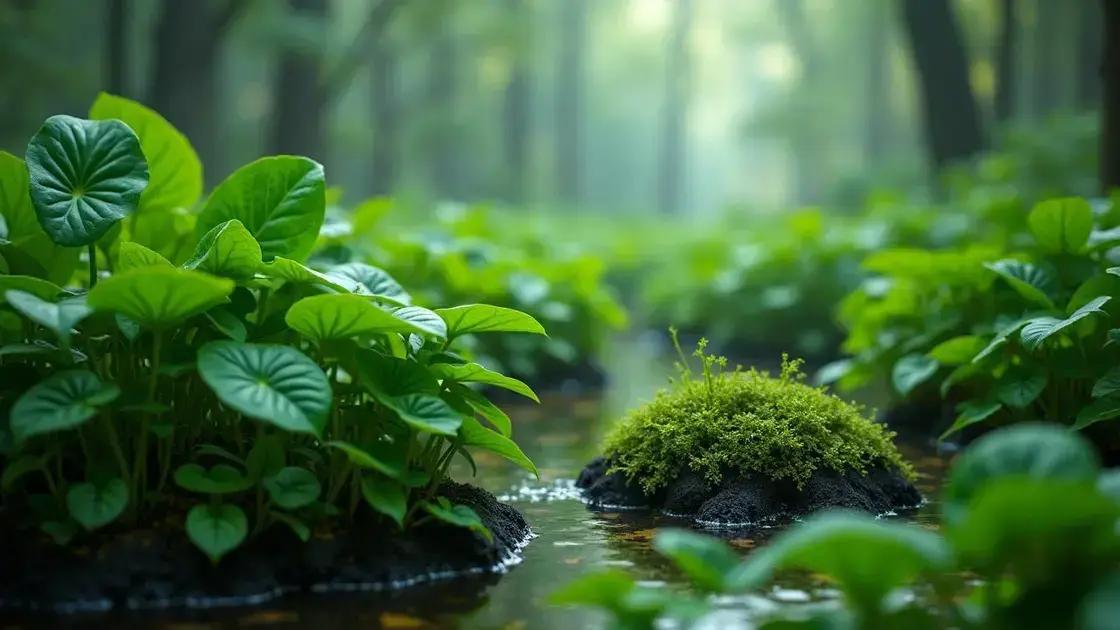How to Care for Pilea Plant: 5 Essential Tips for Beginners
How to care for pilea plant is a question many beginners find themselves asking. These charming houseplants are known for their distinctive round leaves and unique appearance. But there’s more to keeping them healthy than just giving them water. Let’s explore some essential tips for successful pilea care.
Table of Contents
ToggleUnderstanding the light requirements for pilea plants
Understanding the light requirements for pilea plants is crucial for their health and growth. These vibrant houseplants thrive best in bright, indirect sunlight, which mimics their natural habitat under the forest canopy.
Light requirements overview
- Pilea plants prefer bright, indirect light.
- Avoid direct sunlight, which can scorch their leaves.
- Low light can cause stunted growth and leggy stems.
Ideal lighting conditions
To create an optimal environment for your pilea plant, consider the following factors:
- **Positioning:** Place your pilea near a window with filtered light. A sheer curtain can help diffuse harsh rays.
- **Rotation:** Rotate your plant every few weeks to ensure even light exposure and prevent lopsided growth.
- **Supplemental light:** If natural light is inadequate, consider using grow lights for 12-16 hours a day.
Signs of inadequate light
It’s essential to monitor your pilea for signs that it’s not receiving enough light:
- Small or yellowing leaves
- Stretched or leggy appearance
- Slow growth or no new leaves
Adjusting light conditions
If you notice these signs, try these adjustments:
- Move the plant closer to a light source.
- Limit direct exposure in the afternoon when the sun is strongest.
- Consider rotating the plant to find its perfect spot.
Additional light care tips
For further insights on taking care of indoor plants, check out exploring indoor gardening techniques.
Conclusion
Proper light conditions are vital for the success of pilea plants. By ensuring they receive the right amount of bright, indirect sunlight, you’ll encourage healthy growth and vibrant foliage.
Effective watering techniques for robust growth

Effective watering techniques for robust growth are vital for the health of your pilea plants. Understanding when and how to water can mean the difference between a thriving, lush plant and one that struggles.
Watering frequency for pilea plants
- Check the top inch of the soil; if it’s dry, it’s time to water.
- During the growing season (spring and summer), water every 1-2 weeks.
- In the dormant season (fall and winter), reduce watering to every 2-4 weeks.
Watering methods to ensure health
- Bottom watering: Place the pot in a shallow tray of water and let it soak up moisture through the drainage holes for about 15-20 minutes.
- Top watering: Water slowly at the base of the plant, allowing the soil to absorb without waterlogging the leaves.
- Puddle method: Allow water to accumulate and settle before pouring out any excess to prevent overwatering.
Signs of overwatering or underwatering
It’s crucial to recognize signs of watering issues:
- Overwatering symptoms include yellowing leaves, root rot, and a mushy stem.
- Underwatering symptoms manifest as crispy, brown leaf edges and wilting.
Adjusting your watering technique
If you notice any of these signs, adjust your watering frequency:
- For overwatered plants, reduce watering immediately and allow the soil to dry out.
- If underwatered, increase the watering schedule and ensure you are soaking the soil evenly.
Additional tips for effective pilea care
For deeper insights into handling common plant care issues, visit exploring indoor gardening techniques.
Conclusion
By applying effective watering techniques, you can ensure robust growth for your pilea plants, helping them flourish beautifully in your home.
Common problems and solutions for pilea plant care
Common problems and solutions for pilea plant care are crucial to ensure your plants thrive. Like any indoor plant, pilea can experience various issues that need addressing promptly to maintain their health.
Identifying issues in pilea care
- Yellowing leaves: Often caused by overwatering or too much direct sunlight.
- Leggy growth: Indicates insufficient light, resulting in stretched stems.
- Brown leaf edges: A sign of underwatering or low humidity levels.
Solutions for each problem
- For yellowing leaves: Check the watering routine. Ensure that the plant is not sitting in water and adjust light conditions if necessary.
- For leggy growth: Move your pilea to a spot with brighter, indirect light to promote bushier growth.
- For brown leaf edges: Increase humidity around the plant, possibly by using a humidifier or placing water trays nearby. Also, adjust your watering frequency.
Preventative measures
Taking proactive steps can help avoid many common issues:
- Regularly inspect your plant for signs of pests or disease.
- Maintain consistent watering and light conditions.
- Repot if your pilea becomes root-bound, which can cause various growth issues.
Resources for further guidance
To enhance your plant care knowledge, consider exploring indoor gardening techniques for more tips and tricks.
Conclusion
By recognizing and addressing common problems, along with implementing solutions, you can ensure your pilea plants remain healthy and beautiful.
In conclusion
Caring for pilea plants requires understanding their light, watering needs, and recognizing common problems to maintain their health. By implementing effective watering techniques and addressing issues as they arise, you can enjoy vibrant and thriving pilea plants in your home. For additional insights and tips on enhancing your indoor garden, visit tips on enhancing your indoor garden.

